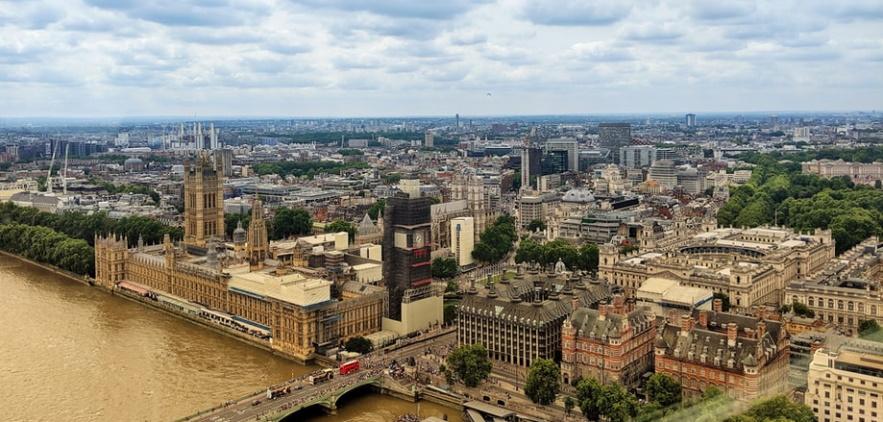
The project
The potential of low-grade geothermal energy for heating and cooling buildings and infrastructure at city scale is being investigated by CSIC with funding from BP. Planning this system at city scale could make a radical step change towards reaching medium to long-term renewable energy and CO2 emission targets.
Applications
CSIC has developed a Geographical Information System (GIS)-based city-scale simulation model to estimate how many GSHPs could be installed in the city without losing control of the ground thermal capacity. The novel model is used to quantify the degree to which the system can contribute to meeting building energy demands. The case study is implemented for the whole of the City of Westminster in London. In the model, building energy loads and thermal properties, underground temperatures and borehole installation designs are structured as fine-grained 3D data maps in order to measure in detail the distribution of GSHP capacity to demand. A highly efficient and robust simulation model results indicating where the highest GSHP potentials are and how to optimise the GSHP installations. CSIC has also established a future options model for incorporating GSHP in multi-storey business premises and apartments. This model accounts for uncertainties such as energy prices, building energy loads and long-term GSHP performance.
Impact and benefits
- City scale planning can make a step change towards reaching medium to long-term renewable energy and CO2 targets
- flexible solutions that embed future GSHP options can significantly contribute to sound financial performance
- CSIC research highlights when to invest in GSHPs, building design and underground space configuration, and the utilisation of low-grade geothermal energy under dense urban areas.
Download the full case study here
